
This randomized, multicenter study of children and adolescents with new-onset type 1 diabetes (T1D) investigated the effect on glucose control of a closed-loop system, using C-peptide levels to gauge response
Jaime is a freelance writer for The American Journal of Managed Care® (AJMC®), where she previously worked as an assistant editor.
She has a BA in print journalism from Penn State University. You can connect with Jaime on LinkedIn.

This randomized, multicenter study of children and adolescents with new-onset type 1 diabetes (T1D) investigated the effect on glucose control of a closed-loop system, using C-peptide levels to gauge response
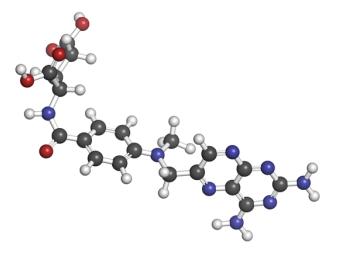
The study analyzed 20 clinical prediction models (CPMs) for rheumatoid arthritis (RA), all of which were deemed to have a high risk of bias, leading the researchers to urge against their use to guide decision-making without addressing their limitations.

The study also found that over a decade, death rates did not change significantly for ankylosing spondylitis but decreased for inflammatory bowel disease (IBD).

Data from a literature review of 41 studies were analyzed and subsequently leveraged to create a survey among physicians on the use of 4 targeted therapies in systemic sclerosis-interstitial lung disease (SSc-ILD).

The review included data from 17 studies of over 400 patients using continuous glucose monitors (CGM).

Problematic nail conditions range from nail psoriasis (NP) to paronychia, which are commonly seen in clinical practice and result from infectious, inflammatory, neoplastic and traumatic etiologies.

The trial followed patients with type 1 diabetes (T1D) for 6 months, evaluating outcomes in patients struggling to achieve glucose targets with the conventional treatment.

This analysis of 5 studies found that, compared with placebo, all biologic regimens improved Psoriasis Area and Severity Index (PASI) 90 response—considered a gold standard goal due to its correlation with quality of life.

The researchers compiled data from studies of lirentelimab, mepolizumab, reslizumab, and benralizumab, highlighting the difficulties in finding an effective approach with eosinophil-targeted treatments for eosinophilic esophagitis (EoE).

The review of 5 phase 3 randomized controlled trials found that overall, the combination treatments improved survival outcomes while eliciting more, but manageable, side effects.

The researchers noted these improvements were seen without an increase in hyperlactatemia risk.

A decade’s worth of retrospective data from over 1 million patients with end-stage renal disease (ESRD) undergoing dialysis showed that psoriasis may be protective against pneumonia in these patients.

Do-it-yourself (DIY) automated insulin delivery systems have gained rapid uptake, yielding self-reported improvements in glycemic control and quality of life for patients, but creating unique challenges for health care providers (HCPs).

The patients, from 5 referral centers, were followed for at least 6 months and showed modest improvements in both motor and functional scales when treated with the antisense oligonucleotide for spinal muscular atrophy (SMA).
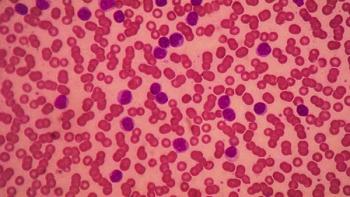
Offering an effective, tolerable, and chemotherapy-free option for patients with chronic lymphocytic leukemia (CLL), Bruton’s tyrosine kinase (BTK) inhibitors have drastically changed the disease’s landscape.

Findings from this multicenter randomized controlled trial showed that the transition bundle was associated with a lower risk of 7-day and 30-day hospital readmission from chronic obstructive pulmonary disease (COPD).

Researchers studied data from 5 phase 1 studies that took place between 2012 and 2021, comprising 139 infusions among patients with B-cell acute lymphoblastic leukemia who received chimeric antigen receptor (CAR) T-cell treatment.
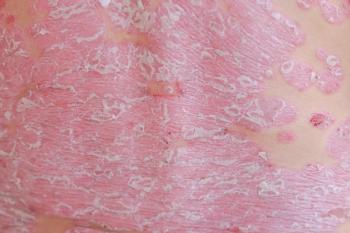
Treatment with anti-interleukin (IL)-17A inhibitors for psoriasis consistently improved outcomes across primary and secondary endpoints compared with all other approved biologics, and researchers also found differences between anti-IL-17A inhibitors.
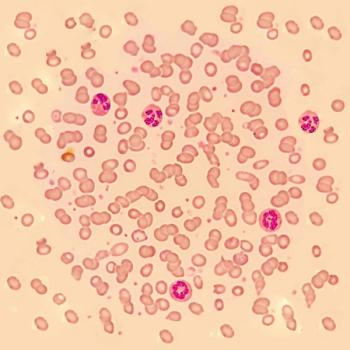
While noting that providers and their patients should be aware of the potential risk, the researchers underscored that the risk of new-onset psoriasis due to tumor necrosis factor-α inhibitor (TNFi) treatment appears to be rare and that strategies do not need to change for patients with immune-mediated inflammatory diseases such as inflammatory bowel disease (IBD) and/or rheumatoid arthritis (RA).

The case describes hemophagocytic lymphohistiocytosis (HLH), which occurred in a young boy in Italy with spinal muscular atrophy, who was treated with onasemnogene abeparvovec.

The interview-based study collected feedback from 16 parents of 15 youth recently diagnosed with type 1 diabetes, finding that the majority preferred a virtual continuous glucose monitoring (CGM) information initiation visit rather than an in-person visit.

Despite advances made against the disease, researchers note that breast cancer still remains a top cause of cancer-related mortality in women around the world.

Three approaches—prophylactic immunoglobin, antibiotics, and vaccinations—were investigated for their effectiveness at infection prevention in 3 hematological malignancies.

The real-life findings showed that treatment with brodalumab improved health-related quality of life (HRQOL) for patients but itching prevented complete improvement.

With 40% of patients with diffuse large B-cell lymphoma experiencing relapsed or refractory disease (rrDLBCL), researchers highlighted the promise of chimeric antigen receptor (CAR) T-cell therapy for these patients.

The study found that patients with Hodgkin lymphoma (HL) were at an increased risk of any mental health disorder, which was associated with worse long-term outcomes.

The findings can have important implications for shared decision-making between providers and their patients, as well as for future trials of treatments for the disease.
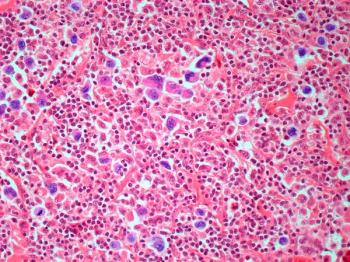
Both the ZUMA-7 trial for axicabtagene ciloleucel—approved for second-line treatment earlier this year—and the TRANSFORM trial for lisocabtagene maraleucel showed significant improvement over standard of care for large B cell lymphoma (LBCL), while the BELINDA trial for tisagenlecleucel did not.

The recommendations follow the World Health Organization’s recent update to its classifications of central nervous system (CNS) tumors to now include a structure for pediatric patients with CNS tumors.

The findings, coming from the phase 3 SEQUOIA study, found that the next-generation, selective Bruton tyrosine kinase inhibitor had superior efficacy versus chemoimmunotherapy and demonstrated an acceptable safety profile among 600 older patients with comorbidities.

259 Prospect Plains Rd, Bldg H
Cranbury, NJ 08512
© 2025 MJH Life Sciences®
All rights reserved.
